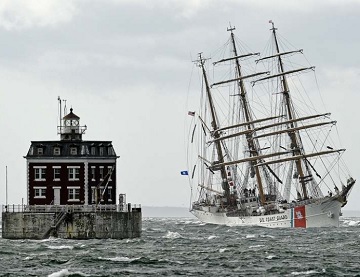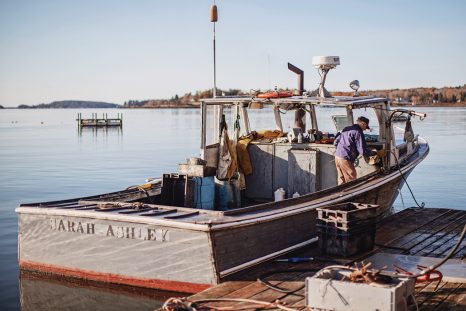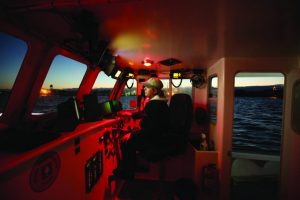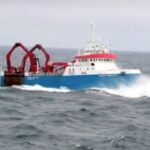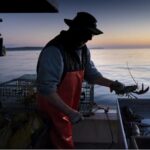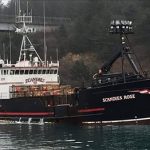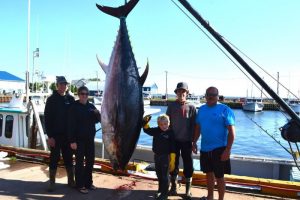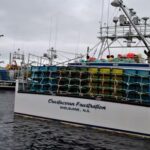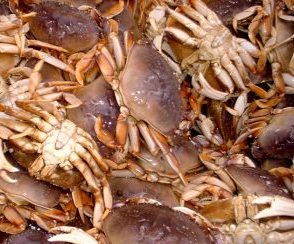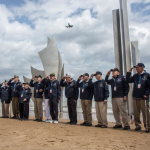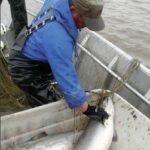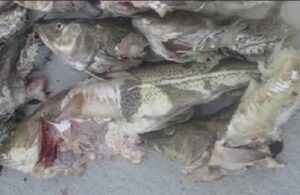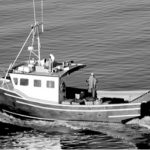Seventy-nine years ago this Dec. 7, the Empire of Japan carried out a sneak attack on American military forces at Pearl Harbor in Hawaii. More than 2,400 people — including 68 civilians — died and almost 1,200 more were injured. The next day President Franklin D. Roosevelt asked Congress for a declaration of war. The speech has become one of the most famous in American history, and reminds us of the service and sacrifices made by our countrymen during World War II. Here is Roosevelt’s address: Mr. Vice President, Mr. Speaker, members of the Senate and the House of Representatives: Yesterday, December 7th, 1941 >click to read< 06:50:
Tag Archives: World War II
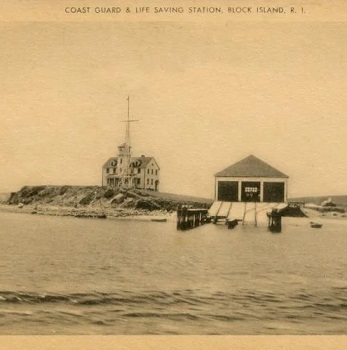
The afternoon during World War II when they made a ‘Beeline for Block Island’
Encounters with unexploded ordinance from World War II is not limited to Europe or decades after the conflict. The waters around Block Island in the spring of 1945 proved this latter point. While the war in Europe was winding down, three fishermen were killed off the southeastern shore of Block Island. These three fishermen were all over the age of 30, which of course resulted from the war taking any of the younger fishermen away to the far corners of the world. As result, a trawler out of Stonington accidentally bringing up an unexploded 550-pound bomb that rested on the ocean bottom some eight miles from Block Island, would not only take three lives but caused 11 children to be fatherless. World War II stands out in the history of human conflict for two main reasons. First, of course, is the unprecedented scale of the conflict, in terms of weapons used, nations involved, and lives lost. Second, and less understood, was the high percentage of civilians killed in the war. This would include the three Stonington fishermen. >>click to read<< 10:48
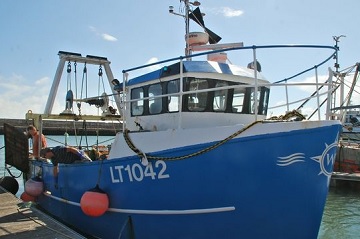
World War II American fighter cockpit found by Lowestoft fishermen
Lowestoft trawlerman Alex Wightman was collecting his nets on September 9, when, to his amazement, he realised the big catch he hauled overboard was the remains of a P-47 Thunderbolt cockpit, which was stuck in his net. The 16-year-old said: “Me and my skipper Jeffery Melton were out when the net tightened. It was weird because we felt something snagging the net. When Mr Wightman and his skipper got the parts on the boat they couldn’t believe the smell of petrol of the parts. Photos, >click to read< 12:48
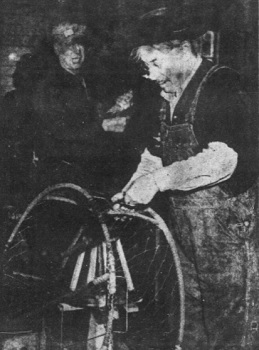
The Bodega Bay crab industry grew out of food demand during World War II
On a stormy spring day along the Sonoma Coast in 1951, brothers Steve and Bill Smith wove stainless steel wires around the sides of a steel crabpot in preparation for a day of crab catching. By the early 1950s, there were five fishing operations at Bodega Bay and about 100 fishermen who saw commercial crab fishing as a good side hustle, according to news reports at the time. Previously, Smith Brothers Fishery was the sole fishing business on the bay. Crab processing plants also employed women workers through the 1940s and 1950s to pick, weigh and pack Dungeness crabs. 18 photos, >click to read< 11:08
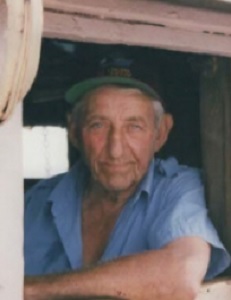
Retired Commercial Fisherman Leon “Bud” Francis Champlin Sr., of Narragansett, RI, has passed away
Leon “Bud” Francis Champlin Sr., 98, of Narragansett, passed away Tuesday, June 29, 2021. Born in North Kingstown, he was the son of the late Leon Mayfield Champlin and Madeline (Dillion) Champlin. He was the husband of the late Madeline Jane (Whaley) Champlin. Bud served in the Merchant Marines during WW II. After his return home, he laid out plans for an eastern rig dragger to his father-in-law, Cliff Whaley, a local ship builder and third generation of Point Judith Lighthouse keepers. Bud and his family assisted Cliff in building his 48-foot fishing boat, “Jane Lorraine”. In December of 1948, Bud, while fishing with Cliff Whaley and his brothers John and Kenny, dragged up a live bomb leftover from WW II. Just before the net reached the surface, the depth charge exploded. The boat and crew were towed back to port and assisted by Babe and Howard Whaley, Jack and Chet Westcott, Norman Gilbert and Dub Barrows. The fishing community was a close tight knit group of men, always there for one another. After repairs and adding a 12-foot piece to the middle of the “Jane Lorraine”, she continued to fish for another sixty + years with Bud as her captain, finally retiring at age 86. >click to read< 07:20
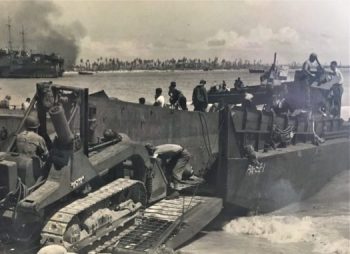
Twin Disc and its role in D-Day
June 6 marks the 75th anniversary of D-Day – a key event in World War II. Starting that day, wave after wave of Allied troops (approximately 156,000) invaded the Axis-held beaches of Normandy, France. A product made by Racine’s Twin Disc was there, too.,,Virtually every marine gear used by the Landing Craft Vehicle Personnel (LCVPs) that carried troops and equipment to the Normandy beaches was produced at Twin Disc’s manufacturing plant at 14th and Racine streets.,,, . Twin Disc first developed a clutch product for boats (marine gear) in the 1920s. By the late 1930s, this product was used in fishing boats and work boats. >click to read<19:15
Time to Pay Your Respects to the Plywood Boat that Helped Win WWII – The Higgins Boat, named after its inventor, Andrew Higgins, was designed to solve what was basically the “last mile” problem for a military invasion >Video, click to read<

Unexpected Nazi-era legacy: Fish tumors
German researchers have uncovered a 25 percent incidence of tumors among a type of flatfish inhabiting one area of the Baltic Sea, close to the northern German city of Kiel. They believe the cancerous growths found on the species known as the common dab could be linked to the estimated 1.6 million of tons of armaments that were dumped at the bottom of the Baltic and North Seas at the end of World War II. The high prevalence compares to a 5 percent tumor rate in three other areas of the Baltic, researchers said. Presenting their evidence to a conference in Rostock on Monday, scientists from the Thünen Institute of Fishing Ecology said the rate of tumors among dab fish in shallow coastal waters was much higher than previously thought. Empasizing that their findings are preliminary, researchers warned that as the munitions continue to rust and leak discharge, the environmental impact of the mass dumping of Nazi-era weapons is likely to be much greater than earlier estimates. click here to read the story 11:18
The beloved boat that came home after the war
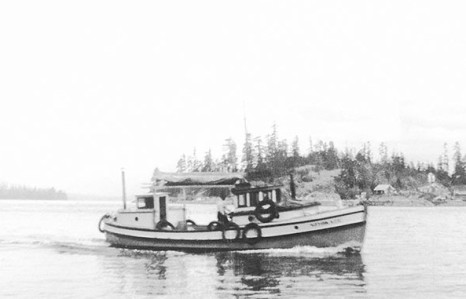 War stories are often told on Remembrance Day, but they are not always about heroes or significant battles. A war story can take place where no battles are fought, as on Canada’s west coast where the Canadian military was preparing for a possible attack from Japan just prior to World War II. As a result of this fear and the attack on Pearl Harbor in December 1941, hundreds of Japanese Canadians were interred in camps in the belief that they posed a threat to Canada’s security, and their possessions were taken from them. One such story is right in our own backyard. Read the rest here 07:44
War stories are often told on Remembrance Day, but they are not always about heroes or significant battles. A war story can take place where no battles are fought, as on Canada’s west coast where the Canadian military was preparing for a possible attack from Japan just prior to World War II. As a result of this fear and the attack on Pearl Harbor in December 1941, hundreds of Japanese Canadians were interred in camps in the belief that they posed a threat to Canada’s security, and their possessions were taken from them. One such story is right in our own backyard. Read the rest here 07:44






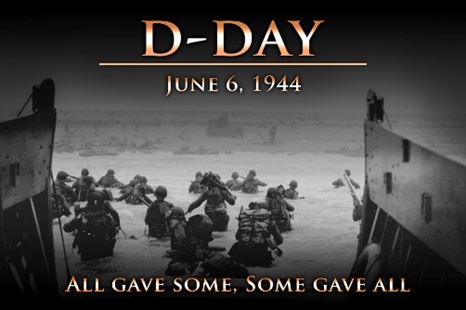 06:32
06:32